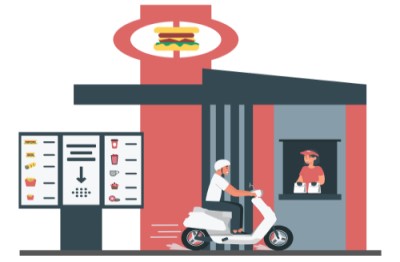What the Current Wave of Protectionism and Populism mean for the Future of Globalization and Free Trade
April 3, 2025
 What the Current Wave of Protectionism and Populism mean for the Future of Globalization and Free Trade
What the Current Wave of Protectionism and Populism mean for the Future of Globalization and Free Trade
The Rise of Populism and Protectionism The election of President Trump represents the cusp of the current wave of protectionism and populism that emerged in the aftermath of the Global Financial Crisis of 2008. As the Brexit vote and the emergence of populist leaders such as Vladimir Putin in Russia showed, the disaffection and dissatisfaction…
 Corporate and Individual Strategies to Respond to the Protectionism Worldwide
Corporate and Individual Strategies to Respond to the Protectionism Worldwide
The Surging Protectionist Sentiment There is a surge of protectionism and populism worldwide. From President Trump’s Protectionist Rhetoric and his America First and Make America Great Again slogans to the rise of Anti Immigrant sentiment in Brexit Britain and the latent hyper nationalism in other countries around the world, there is a backlash against globalization.…
 How Countries Can Reduce Tax Evasion?
How Countries Can Reduce Tax Evasion?
Tax Evasion vs. Tax Avoidance Tax evasion and tax avoidance are often used interchangeably. However, there is a huge difference between the two terms. Tax evasion is a criminal activity. In most countries, tax evasion would attract a jail term. Evasion is usually done by not reporting income or overstating expenses. However, tax avoidance is…
Technology has started impacting all businesses. The restaurant business is no different. Earlier, restaurants used to be low tech and were businesses which were run by moms and pops. However, now restaurants have gone high tech.
Several innovations are now part of the restaurant model. The “Cloud-Kitchen” is one such innovation. In this article, we will have a closer look at what a cloud kitchen is. We will also look at the advantages and disadvantages of using this model.
Lastly, we will try to understand why this model has become the darling of venture capitalists worldwide.
A cloud kitchen is a restaurant that focuses exclusively on takeaways. These restaurants do not offer dine-in facilities. These outlets should be viewed as food factories. In these outlets, only the production of food happens.
The orders are only received online. Hence, the term “cloud kitchen” is used. The food is then sent to the customer in the form of a takeaway.
The cloud kitchen model has several advantages. Some of them have been listed below.
Also, the culture of going to restaurants is slowly fading away. Nowadays, both spouses are working.
Families want to spend their weekends in the comfort of their homes, away from the traffic as well as hustle-bustle. This is the reason why more than 35% of all meals from now restaurants are now delivered to the customer’s homes. The cloud kitchen model allows the restaurant to bypass expensive real estate costs and focus more on the food.
Cloud kitchens can keep the real estate costs low. This is because since customers never visit these kitchens, they do not need to be at prime locations. This allows the restaurants to cut costs. They can provide good quality food to the customers for a fraction of the costs.

Cloud kitchen companies have successfully automated all the packaging activities. These activities contribute to about 25% of the total workload. A lot of pre-preparation activities have also been fully automated.
Cloud kitchen startups are also trying to aggressively explore more technologies that will allow them to automate the entire operation.
Many of these customers buy daily from these kitchens. Hence, they are very concerned about the quality of inputs that are used since it directly impacts their health. This is the reason why cloud kitchens focus on food quality.
In fact, many of these kitchens have built their entire marketing programs around the promise of better quality food at the same or lower price.
The orders have to be received and communicated to the kitchen which is the nearest to the customer’s location. There are cloud-based solutions available which allow restaurants to go high tech without any major upfront costs. However, the monthly subscriber fee also burns a hole through the wallets of many startup kitchens. Hence, the costs end up being very similar to traditional restaurants. However, the number of the users is severely restricted since these outlets do not provide the dine-in facility.
Customers don’t really want to be served from prime real estate. However, any chosen kitchen needs to be hygienic so that the food is edible. There have been many cases reported on social media wherein the food served to customers was unhygienic.
To sum it up, the restaurant industry has undergone a major transformation. Cloud kitchens are a relatively new invention. However, they help serve a very important market niche which was earlier being neglected by traditional restaurants. As a result, they are not taking market share away from current restaurant owners. Instead, they are expanding existing markets thereby benefitting the industry as a whole.
Your email address will not be published. Required fields are marked *